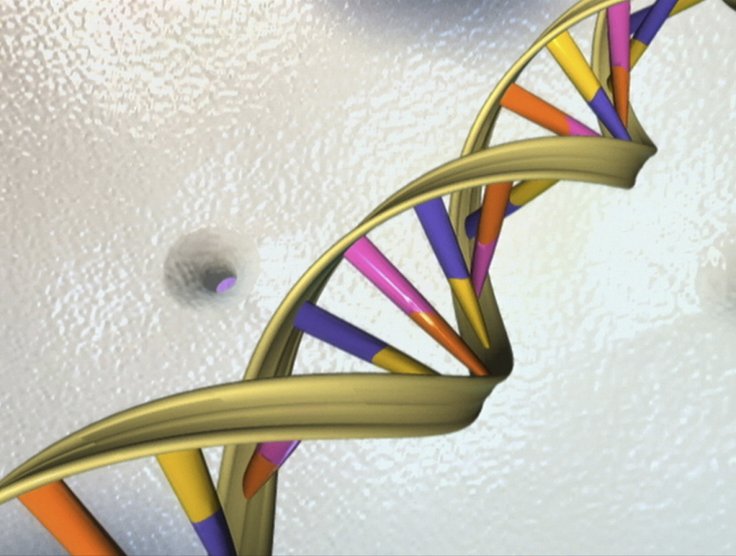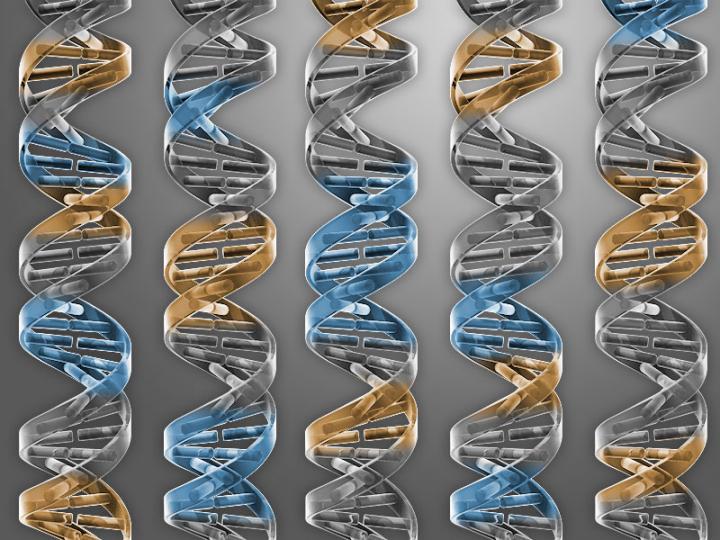Two decades after the Human Genome Project produced the first draft human genome sequence, scientists have published the first complete, gapless sequence of a human genome.
Analyses of the complete genome sequence will significantly add to our knowledge of chromosomes, including more accurate maps for five chromosome arms, which opens new lines of research, the National Human Genome Research Institute (NIH) said. This helps answer basic biology questions about how chromosomes properly segregate and divide, NIH added.
3 Billion Bases in DNA
The esearchers said that having a complete, gap-free sequence of the roughly 3 billion bases in our DNA is critical for understanding the full spectrum of human genomic variation. It also helps in the understanding of the genetic contributions to certain diseases.
"Generating a truly complete human genome sequence represents an incredible scientific achievement, providing the first comprehensive view of our DNA blueprint ... This foundational information will strengthen the many ongoing efforts to understand all the functional nuances of the human genome, which in turn will empower genetic studies of human disease," said Eric Green, director of National Human Genome Research Institute (NHGRI).
Though researchers unveiled a complete sequence of the human genome back in 2003, some 8 percent of it had not been fully deciphered. Now, a consortium of scientists have resolved the gap in the research.

The consortium's full version is composed of 3.055 billion base pairs, the units from which chromosomes and our genes are built, and 19,969 genes that encode proteins. Of these genes, the researchers identified about 2,000 new ones. Most of those are disabled, but 115 may still be active. The scientists also spotted about 2 million additional genetic variants, 622 of which were present in medically relevant genes.
"In the future, when someone has their genome sequenced, we will be able to identify all of the variants in their DNA and use that information to better guide their healthcare ... Truly finishing the human genome sequence was like putting on a new pair of glasses. Now that we can clearly see everything, we are one step closer to understanding what it all means," said Adam Phillippy, co-chair of the consortium that undertook the research, said.

The now-complete human genome sequence will be particularly valuable for studies that aim to establish comprehensive views of human genomic variation, or how people's DNA differs, NIH said.
Many early-career researchers and trainees played pivotal roles, including researchers from Johns Hopkins University, Baltimore; University of Connecticut, Storrs; University of California, Davis; Howard Hughes Medical Institute, Chevy Chase, Maryland; and the National Institute of Standards and Technology, Gaithersburg, Maryland.









